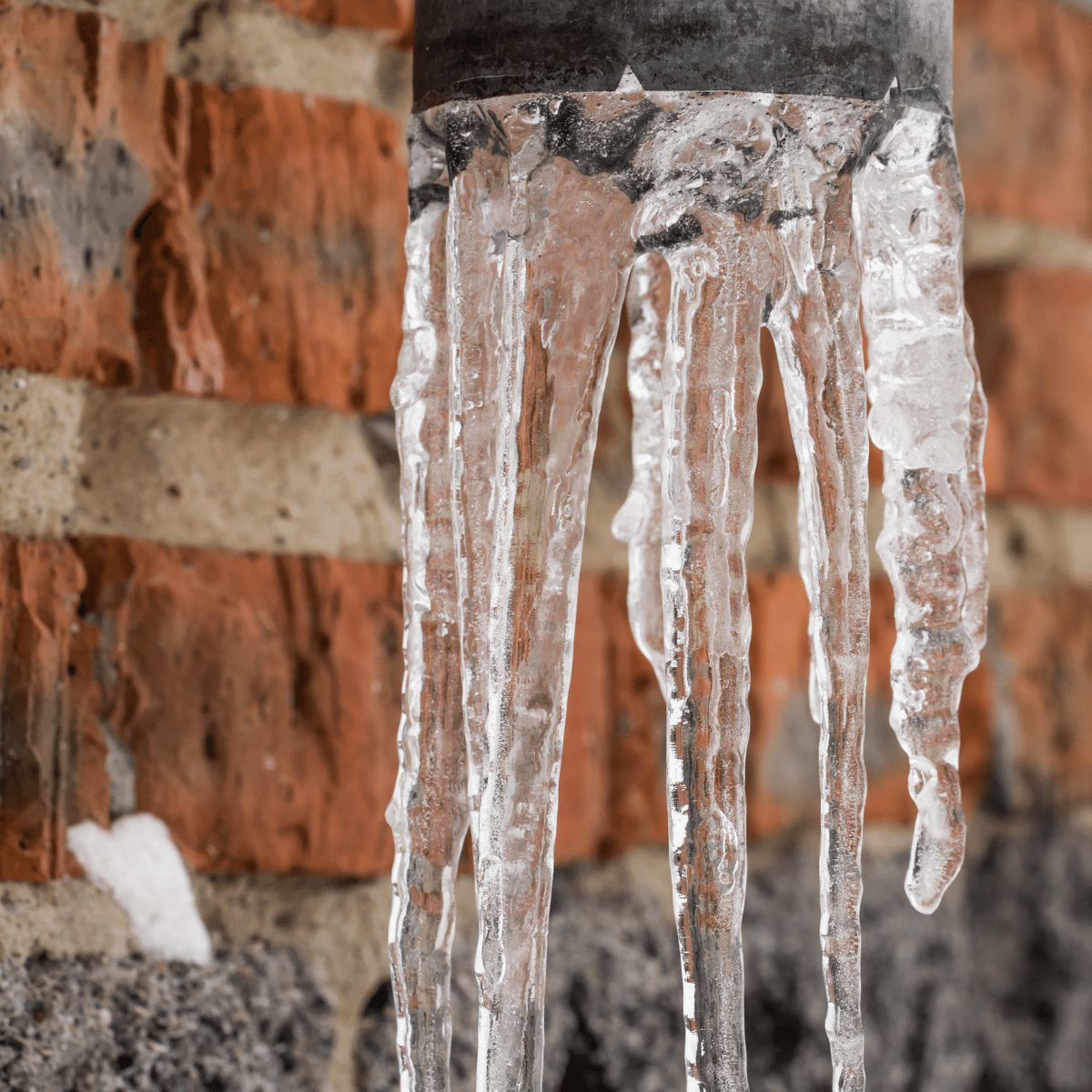Crucial Advice to Protect Against Frozen Plumbing in Winter
Crucial Advice to Protect Against Frozen Plumbing in Winter
Blog Article
They are making a number of good pointers relating to Preventing and dealing with frozen pipes as a whole in this great article down the page.

Cold weather can wreak havoc on your pipes, especially by freezing pipes. Here's just how to avoid it from happening and what to do if it does.
Intro
As temperatures decrease, the risk of icy pipes increases, possibly resulting in expensive repair work and water damages. Understanding exactly how to prevent frozen pipelines is essential for house owners in cold environments.
Comprehending Frozen Pipelines
What causes pipes to freeze?
Pipes freeze when subjected to temperatures listed below 32 ° F (0 ° C) for expanded periods. As water inside the pipelines ices up, it expands, putting pressure on the pipeline wall surfaces and possibly creating them to break.
Threats and damages
Frozen pipelines can cause water system interruptions, residential property damage, and pricey repair work. Ruptured pipelines can flood homes and create substantial structural damages.
Indications of Frozen Water Lines
Recognizing icy pipes early can prevent them from bursting.
Exactly how to determine frozen pipelines
Look for reduced water flow from faucets, unusual odors or noises from pipes, and noticeable frost on exposed pipelines.
Avoidance Tips
Insulating susceptible pipelines
Cover pipes in insulation sleeves or utilize heat tape to protect them from freezing temperature levels. Concentrate on pipes in unheated or outside areas of the home.
Home heating strategies
Maintain indoor areas sufficiently heated up, especially areas with pipes. Open up cabinet doors to permit cozy air to circulate around pipes under sinks.
Securing Outside Pipes
Garden tubes and exterior taps
Detach and drain pipes yard pipes prior to winter season. Mount frost-proof faucets or cover outdoor taps with shielded caps.
What to Do If Your Pipes Freeze
Immediate actions to take
If you think frozen pipes, keep faucets available to eliminate stress as the ice thaws. Make use of a hairdryer or towels taken in hot water to thaw pipes slowly.
Long-Term Solutions
Structural changes
Take into consideration rerouting pipelines far from exterior walls or unheated locations. Add extra insulation to attic rooms, cellars, and crawl spaces.
Upgrading insulation
Invest in high-grade insulation for pipelines, attics, and wall surfaces. Appropriate insulation helps keep constant temperature levels and minimizes the risk of icy pipes.
Final thought
Avoiding icy pipes calls for proactive procedures and quick actions. By understanding the causes, signs, and safety nets, home owners can shield their plumbing throughout winter.
5 Ways to Prevent Frozen Pipes
Drain Outdoor Faucets and Disconnect Hoses
First, close the shut-off valve that controls the flow of water in the pipe to your outdoor faucet. Then, head outside to disconnect and drain your hose and open the outdoor faucet to allow the water to completely drain out of the line. Turn off the faucet when done. Finally, head back to the shut-off valve and drain the remaining water inside the pipe into a bucket or container. Additionally, if you have a home irrigation system, you should consider hiring an expert to clear the system of water each year.
Insulate Pipes
One of the best and most cost-effective methods for preventing frozen water pipes is to wrap your pipes with insulation. This is especially important for areas in your home that aren’t exposed to heat, such as an attic. We suggest using foam sleeves, which can typically be found at your local hardware store.
Keep Heat Running at 65
Your pipes are located inside your walls, and the temperature there is much colder than the rest of the house. To prevent your pipes from freezing, The Insurance Information Institute suggests that you keep your home heated to at least 65 degrees, even when traveling. You may want to invest in smart devices that can keep an eye on the temperature in your home while you’re away.
Leave Water Dripping
Moving water — even a small trickle — can prevent ice from forming inside your pipes. When freezing temps are imminent, start a drip of water from all faucets that serve exposed pipes. Leaving a few faucets running will also help relieve pressure inside the pipes and help prevent a rupture if the water inside freezes.
Open Cupboard Doors
Warm your kitchen and bathroom pipes by opening cupboards and vanities. You should also leave your interior doors ajar to help warm air circulate evenly throughout your home.

We were made aware of that write-up on Helpful Tips to Prevent Frozen Pipes this Winter from an associate on a different site. Do you know anybody else who is inquisitive about the niche? Why not share it. I value your readership.
Call Today Report this page